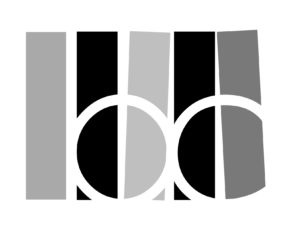Catalogue 15
Scarce and early work on tattoos in the French criminal underworld, written for an audience of medical school alumni and published under the auspices of the Hospices Civils de Lyon. Issued as a supplement to Crocodile No. V.
The author, first the doctor of a regiment and later head of the Lyon prison medical service, was the son of Alexandre Lacassagne, founder of the Lyonnais school of criminology; in contrast to the purely biological theories of Lombroso, the Lyon School placed emphasis on environmental factors, not heredity alone. The elder Lacassagne published an anthropological study of tattoos in 1881, on which foundation his son built his own research and scholarship.
Preface by Edmond Locard, the father of modern forensic science and student of A. Lacassagne.
Illustrated throughout with line drawings of tattoos, as well as black and white photographs, the majority furnished by the Laboratoire de Police of Lyon. Most of the men and women pictured are identified by profession alone (sailor; pimp), by prison location, or not at all, with more commentary devoted to tattoo style and technique than to the individual. One exceptional subject, however, is named: the murderer Louis-Marius Rambert, bearer of a “magnifique tatouage polychrome,” the work of a professional Shanghai tattoo artist. Before dying of tuberculosis in prison, Rambert willed his own skin to Lacassagne, in gratitude for his care and services; the author took care to preserve it, and the elaborate blue-and-rose tattoo of an eagle battling a dragon (shown in this volume) was later used in the binding of Rambert’s own manuscript memoirs.
Men’s tattoos are classified by subtype and purpose: dedicatory; obscene; anti-militaristic; patriotic; etc. Women appear only in the section devoted to prostitutes, where Lacassagne takes a tone of affectionate, knowing contempt: tattoos on these women are, he says, invariably low-quality, monochrome, sentimental, and serve as markers of a lover’s ownership; furthermore, the willingness to be tattooed is itself an early sign that a girl will go bad. Even “les tatouages lesbiens,” he claims, are only substitutes; mementos of prison love-affairs, soon abandoned when “l’homme reprend tous ses droits.” The included images are thus striking in their irreverence, cynicism and vulgarity, which Lacassagne considers exceptional and unusual for women. “Oh merde encore un con qui me regarde,” reads one woman’s arm.
OCLC does not locate the title, nor do we find it in the BNF. A rare and important work on tattooing.
Jacques Foucart-Borville (1912-2005) was just a young magistrate when he wrote this slender account of the political graffiti of Resistance prisoners under Vichy at the Rue D’Auxonne prison in Dijon. Recognizing the essential ephemerality of these wall writings, Foucart penned and published LES GRAFFITI in the immediate aftermath of the Liberation, dedicating the book in part to his grandfather, who was imprisoned during the Terror for hiding a parish priest. Foucart organizes the book by types of prisoners, transcribing the graffiti and atrributing it when possible to particular prisoners — often with biographical details. Reprinted in 1966 as LES GRAFFITI DE LA RUE D’AUXONNE: Prison de Dijon, OCLC finds just four copies of the first edition – all in France. As Foucart argues near the end of this book, these prisoners often died “…pour nous transmettre un message de trois mots: ‘Foi, Patrie, Espérance’” (“…to send us a message of just three words: ‘Faith, Fatherland, Hope’”). A rare work forging an early link between graffiti and politics.
Early work featuring an independent and successful disabled protagonist, first serialized in 1908. A first-person narrative, ostensibly by an anonymous young woman, recounting her ambitions and achievements following the loss of one leg in early childhood and the consequent physical and social restrictions imposed on her. Presented as nonfiction and received as such by contemporary reviewers, with the publisher responding to one enthusiastic contemporary reader: “Our contract with the author especially provides that we are not to reveal the identity, and we cannot give the names of any other books by this author without violating our agreement.” (“Travel,” Jan. 1913.)
Another memoirist, however, in her own account of life with a similar disability, wrote: “The book proved to be the bastard brain child of a big and bouncing and very jolly New York businessman and writer. He does use crutches, having a pair of unreliable knees […] but he is definitely not a fascinating little feminine hopper. Although he admits openly to a new legitimate book every year or so, he never confesses his paternity to THE GIRL WITH THE ROSEWOOD CRUTCHES, that poor love child of his careless youth.” (“Out on a Limb,” Louise Baker, 1946.)
Despite the book’s sentimentality and inspirational appeal, its treatment of disability is engagingly modern and matter-of-fact in many respects: as the heroine’s need for crutches is both permanent and nonprogressive, she evades the common literary fates of miraculous recovery or tragic death, and holds eternal grudges against well-meaning men who call her a “cripple” to her face. Fighting to make her way in New York, ‘Kate’ endures an interview with a newspaperman who thinks her only fit for desk work: “‘I have used them [crutches] for fifteen years,’ I told him, letting him know how clearly I read his prejudices. ‘They are no handicap to me. For the life of me I cannot see how they would affect my ability to work upon a newspaper.’” The narrator finds ultimate success as a concert-hall pianist and singer — no longer excusing, hiding, or defending her “wonderful crutches” but proudly using them on stage, to applause and acclaim. Quite uncommon. OCLC locates just six copies.
Biographical show pamphlet for Prince Randion, a longtime sideshow performer at Coney Island’s Palace of Wonders and star of one of the most famous scenes in Tod Browning’s FREAKS (1932), in which he was cast as The Living Torso (miscredited as “Rardion”).
Randion (also known as Randian) was born in 1871 in Demerara, British Guyana without arms or legs due to Tetra-Amelia syndrome. Of the several sideshow performers sharing his condition, Randion was the most famous, with the signature trick of rolling a cigarette from loose tobacco, lighting it, and smoking it, as may be seen in his memorable (and only) film appearance. The brochure details this and other self-taught skills incorporated in his act, closing with praise for his “well-trained, bright and flexible mind, a characteristic native intelligence, a thirst for knowledge of the world and a desire to travel.”
Reportedly recruited by P.T. Barnum as a young man, Randion traveled to the U.S. to begin a long career as a sideshow performer and would spend more than 40 years at Coney Island. The photograph reproduced in this brochure shows him seated on a stool next to his wife, known as “Princess Sarah,” with whom he had four children; the family eventually settled in Paterson, New Jersey. Randion is described as 49 years old in the text, dating this copy to approximately 1920. Browning’s FREAKS remains an empathetic portrait of the exploited and ostracized, one Randion’s brief performance helped bolster. An ephemeral document from an iconic sideshow performer.
Nine rare promotional postcards from what is generally recognaized as the earliest motorcycle club in the United States, The New York Motorcycle Club. Formed in 1903, just two years after Indian Motocycle (sic) began production of the first commercially available and mass-produced bikes (and three years before Harley-Davidson was formed), The New York Motorcycle Club was founded (according to its bylaws) “to encourage the use of motorcycles and to promote the general interests of motorcycling; to ascertain, defend and protect the rights of motorcyclists; to facilitate touring; to assist in the good roads movement; and to advise and assist in the regulation of motorcycle racing and other competition in which motorcycles engage.” Like most early clubs, the membership consisted primarily of hobbyists, tinkers, builders and the like, and had not yet evolved into the more notorious outlaw clubs that helped define postwar rock-and-roll culture. Still, the cards reflect a distinct outsider subculture. Announced event sinclude a lecture by a Goodyear Tire Co. representative, a Decoration Day hillclimb, a dinner ride to Brewster NY, June short rides, and the like.
Majority of the cards are printed by hectograph, an early and rather primtiive duplicating technology frequently utilized by early zinesters and amateur DIY groups like motocycle clubs. This primitivism is little in evidence, however, in these elaborately illustrated multi-color examples created by club member M.E. Toepel (a German immigrant who worked in the early automobile industry). They are among the finest examples of early American hectography we’re encountered. The remaining two cards feature perhaps the club’s most famous member, Glenn Curtis, both sent from his hometown of Hammondsport. The first, a real photo postcard, shows Curtis flying a dirigible; the second pictures Curtis sitting upon his famous V-8 engine-powered motorcycle on which he set the world speed record for any vehicle in 1907. The card is addressed and captioned in Curtis’ hand: “8 cylinder Club meets at Hammonsport come and bring you 8 cyl.”
All the postcards ar epostmarked 1907 and are addressed to club secretary Dwight Patterson — though a single example is addressed to to his future wife Irene Bartley, residing at #265 West 129th St. in NYC. Bartley and Patterson did not marry until 1908, intriguingly suggesting that she too was active member of the club. She appears to have kept her name even after their marriage (and she returned to it after Dwight’s sudden death from pneumonia just two weeks before the birth of their daughter) perhaps reflecting a certain intrepid spirit. She never remarried and was buried with Patterson (again under her own name) after her death in 1952.
An exceedingly ephemeral collection documenting early motorcycle culture from arguably the first motorcycle club in the United States.
A scarce and revealing collection of more than 100 views of pre-World War II, West Coast motorcycle club culture with a clear outsider sense of identity, predating the post-war non-conformity associated with the accepted dawn of modern biker culture by more than a decade. “St. Helen’s Motorcycle Club” can be gleaned, in raised felt letters to the rear of member’s sweaters from 2 separate photographs. License plate and vehicle model views clearly indicate 1941 and print quality to some images suggests slightly earlier as well.
Dozens of views capture leather clad riders atop early-1940’s Harley-Davidson and Indian models in apparently ad-hoc flat-track racing, hill climbs, and group rides; a particularly compelling series of 4 prints chronicles what appears to be a rider crashing through a flaming wall of wood. Several prints of imposing rows of bikes parked along city streets and a single print of riders blocking a Downtown Portland street while riding in a circle in front of onlookers, coupled with images of leather-clad members making out and drinking suggest the St. Helen’s club reveled in its outsider status. The prevalence of “outlaw” motorcycle clubs rose to prominence after World War II, with the infamous Hollister riot of 1947 and the Lee Marvin, Marlon Brando film THE WILD ONES (1953), based on events there, widely credited with the birthing of rock-and-roll style and 20th century youth culture. Therefore an early primary document from the birth of rock-and-roll style and 20th century youth culture.
An early 1970’s photograph album belonging to an apparent member of the Oakland, California chapter of the Hells Angels, highlighted by intimate views of the club’s notorious, annual Bass Lake Runs dated between 1970 and 1973. 46 of the 117 views capture club or motorcycle related content (the remaining are unrelated family images) with several images worthy of Danny Lyons.
Oakland was ground zero for the Angels’ rise to prominence in the 1960’s and early 1970’s, with the chapter prominently appearing in multiple, seminal works of the counter-culture era including Ken Kesey’s ELECTRIC KOOL-AID ACID TEST, and Hunter S. Thompson’s first book, HELLS ANGELS: The Strange and Terrible Saga of the Outlaw Motorcycle Gangs, where he detailed, among other exploits, Bass Lake in 1965. The Oakland chapter also led security at the tragic Rolling Stones’ concert at Altamont, and though this album’s owner is unidentified, the contemporary (and seemingly unpublished) black and white photo of infamous club leader Sonny Barger bears a faded inscription reading: “To Al / Sonny.”
Despite widespread reports to the contrary, including in the well-publicized Lynch Report of 1965 which estimated California membership near 500, the secretive group was an elite one, with relatively small numbers; Thompson’s experiences in HELLS ANGELS, put the membership of all California chapters somewhere near 100 men. Thus, the album offers a rare, intimate, and unfiltered glimpse into unquestionably the most romanticized, recognized, and culturally important of all outlaw motorcycle clubs.
Four assorted patches from the ‘O’Mens, an African-American Motorcycle Club of Cleveland, Ohio. Founded around 1978 by friends Rodney Davenport and Milton Finley (a.k.a. PD, short for “Pimp or Die”). From a December 24, 2003 article (by a Jimi Izrael) on the Club which appeared in the regional magazine, CELVELAND SCENE:
“From two people, the club quickly grew to close to 200. Neighbors in the Kinsman-Buckeye area gave the Omens wide birth. At times, members used fisticuffs to keep the peace. ‘That’s a lot of where we got our rep from,’ says PD. ‘We were just a no-nonsense club. Don’t start none, won’t be none.’ But, naturally, the kids thought they were the coolest, and that’s when the Omens started to reach out. […] As club members aged and matured, the priorities changed. The Omens became parents and property owners, and began to realize that they had an interest in keeping the neighborhood safe. So they started serving as a de facto crime-watch team and held food-and-clothing drives when houses burned down. What started out as a group of drunken knuckleheads was turning into a posse of public benefactors.”
Eugenic utopian fantasy of a doctor’s dream-journey to the liberated land of Amor. Presents an impassioned argument for free universal health care, contraception, no-fault divorce, social clubs, collective childcare facilities, and — most prominently — comprehensive applied sex education: A healthy, educated sex life is vividly imagined by the author to be a cure for any number of societal ills, both real and imagined: venereal disease; mental institutions; child abandonment; impotence; marital violence, gender inequality, infidelity, and all the various ‘perversions’ allegedly born of ignorance. As a finishing touch, in Amor, “a complete physical and mental examination is required before permission to have a child is granted,” because in Amor, childbearing is the business of the commonwealth, not the individual. No theoretical objections to this are raised or considered by the text.
Pritcher’s thesis provides an occasion for numerous anecdotal digressions, in which the narrator describes the sad and unhealthy sexual practices of Adamites — the peoples of Earth — to the Amorites, his hosts, who do not ask him for the explicit details but have to listen to them anyway. Presumably for this reason, the book was once held in the Delta Collection of the Library of Congress with other materials classed as pornographic, obscene or otherwise restricted.
Pritcher’s preface praises Havelock Ellis, Bertrand Russell, Judge [Benjamin] Lindsay, and Margaret Sanger for advocating enlightenment and defying bigotry. Nevertheless, the text combines both progressive and extremely regressive ideals to paint a picture of a 1930s America filled with “despotic, scheming, plotting female tyrants, all of the ice box variety” and an urban landscape where two young women may find “perfect sex satisfaction and happiness” with one another, because “in the large centers, such sex perverts find enough of their kind to live in a world apart from normal human beings. They have their own clubs, hotels and places of amusement.” These are presented as problems to be fixed.
Cited in Sargent’s bibliography of Utopian Literature in English as A LOVE STARVED WORLD; six library holdings were located in OCLC, all of which appear to be catalogued under both the alternate title and the one above (which is to say, the holdings are identical across the two listings). All copies also list identical publication info, leading us to believe these books are one and the same. But scarce under any name.
Memoir of gay bar owner Branson, whose establishment Helen’s was long a San Francisco institution. A scarce title, it provides a valuable picture of gay life in the 1950’s. The first book issued from Pan-Graphic Press, publisher of the landmark gay journal Mattachine Review. From a first printing of 1600 copies, many of which we suspect remained unsold and were destroyed given this title’s scarcity. [Young 295*]. Recently reissued by The University of Wisconsin Press, it remains an important source. The first edition remains uncommon, especially in jacket.
Small collection of material from the Scorpio Leather Club (“Scorpio L.C.”) in Springfield, MA. Includes fifth issue of their club newsletter/zine (TAILS OF SCORPIO), a Scorpio matchbook, several blank sheets of club letterhead, and a pin from “Sting One” – an event also pictured on the cover of the newsletter. A two-day festival celebrating leather culture, TAILS also includes a sign up form for the event and articles on handballing (aka fisting), the merits of castor oil as a laxative versus other methods, and (somewhat incongruously) money saving tips. Though little information is available about the Scorpio, internal evidence suggests it was well established in the New England gay and leather communities, with notices of reciprocal membership, and ads for other regional clubs. Needless to say (but we shall anyway), an ephemeral collection. OCLC does not locate TAILS. A rare collection documenting a local incarnation of this queer subculture in the years before the AIDS crisis.
Samizdat erotic epistolary novel in two volumes, professionally bound with cover illustrations of two women’s faces. Presented as a translation of an American work published in Philadelphia, 1960, by a “Dhz[eison] Gudvin” (J[ason] Goodwin or Godwin). The text consists of ten letters, each dated 1959, with a foreword and post-script by “D. Gudvin,” 9/16/1960.
Though banned foreign literature in translation was a common variety of Soviet samizdat, no original English-language text could be identified as direct source or inspiration. The work’s presentation may thus be a deliberate play on that convention, situating its sexual content in a decidedly foreign and specifically American setting. As Ann Komaromi writes, “Samizdat was an intoxicating product. It was forbidden fruit. This forbidden fruit included serious political and literary works, but also literature of much more dubious quality, including pornography. From the beginning, samizdat derived its identity via its parodic difference from official publishing. Samizdat self-consciously aped “serious” censored publications…” — “The Material Existence of Soviet Samizdat,” Slavic Review, 2004. Given production method (carbon), one of what can only be a small handful of copies.
Rare, complete, and exceptionally well-kept example of this controversial cult board game. Modeled on Monopoly (indeed Beat the Border often reads like a parody of that classic), players compete to smuggle and sell the most “kilos,” with strategy revolving around trying to sell in cities where hauls bring more (NYC vs. Pheonix, for example) while avoiding bankruptcy, getting busted, and other obstacles (“Best friend burns you, lose half your dope”), Originally sold in head shops, the game attempts to “tell it like it is” (according to the box) while reflecting both 1970s drug culture and period racial stereotypes (dealers are identified as Papas, Pepe, Jose, etc.). Poorly distributed, contemporary newspaper accounts suggest it was quietly circulated mainly in the Southwest. OCLC does not locate the title. A scarce relic of the early 1970s counterculture.
Vintage mail-order catalogue and supplement for the cocaine enthusiast with delusions of grandeur, from “the leading innovator of solid 14K gold and non-gold Cocacessories (TM).” The first 11 pages showcase glistening razor blades, coke spoons, pipettes, and vials, all made of, plated in, or adorned with “Gold…the most precious of all metals…It has been deified and abhorred. It has been universally demanded with an ardour, a feverish intensity, and a brutality of which man had formerly no idea. Impervious to the ravages of time, gold bears the imprint of eternity.”
Subsequent catalog pages offer literature (THE GOURMET COKEBOOK; THE PLEASURES OF COCAINE) and non-gold paraphernalia: glass jars, ziploc bags, plastic cards for laying lines, strainers, spatulas, pestles, funnels, mirrors and glass slabs with and without pre-cut grooves; scales in velvet-and-silk lined leatherette cases.
With a separately issued Addendum, listing a wide variety of glassware, wishspoons (“adjustable to your nose size”), and an “isotonic solution” to soothe the nasal membranes (for those who cannot afford to gold-plate their septums), ending with two multi-purpose innovations: the Absotootly (“It’s a tooter, it’s a spoon, it’s a spring-loaded straw”) and the Kokey Klip (“a detachable key chain, roach clip, and coke spoon all in one.”).
Cocacessories (TM) shown in a wide variety of designs, from swirling baroque flourishes to a gleaming straight-lined sharp-angled minimalism fit for the most discerning Patrick Batemanesque aesthete of the approaching ’80s. All merchandise pictured, but with color photography reserved for gold items only. Because when the last speck of cocaine is gone like the snows of yesteryear, gold remains.
First edition of the first book published on the efficacy of marijuana use in cancer treatment. While a 1975 article (Sallen, Zinberg, and Frei) for the New England Journal of Medicine was the first published account of the benefits of cannabinoids in the alleviation of side-effects from chemotherapy, and its medical potential had been discussed in several books throughout the 1970s (and a handful earlier), this is the first dedicated to topic, and the first to offer practical advice to patients. Roffman covers timing and dosage, recipes for edibles, legal issues, a glossary of drug terminology, and the like. Self-published and sold directly to patients, the book went through at least several printings through the early 1980s when Roffman’s book MARIJUANA AS MEDICINE was published. The uncommon first printing of this important publication in the history of drug literature.
Booking photographs of several dozen African American men, most taken in the mid to late 1970s. With police notes on subjects’ identities, often including their known associates and aliases, physical descriptions, and alleged crimes, most of which involve low-level fraud and confidence scams. A small sampling: “Pimp – Con Man,” “Sells T.V. Con Game,” “Project Robberies,” “Had Chicago Police Badge / Impersonates Police,” “Con Game (Handkerchief Switch),” “Pastes One Dollar To Tens / Paste Corner of Ten on Ones,” “String Man.” A vivid collection from the height of 1970s urban decay, reflecting both its causes and its toll.
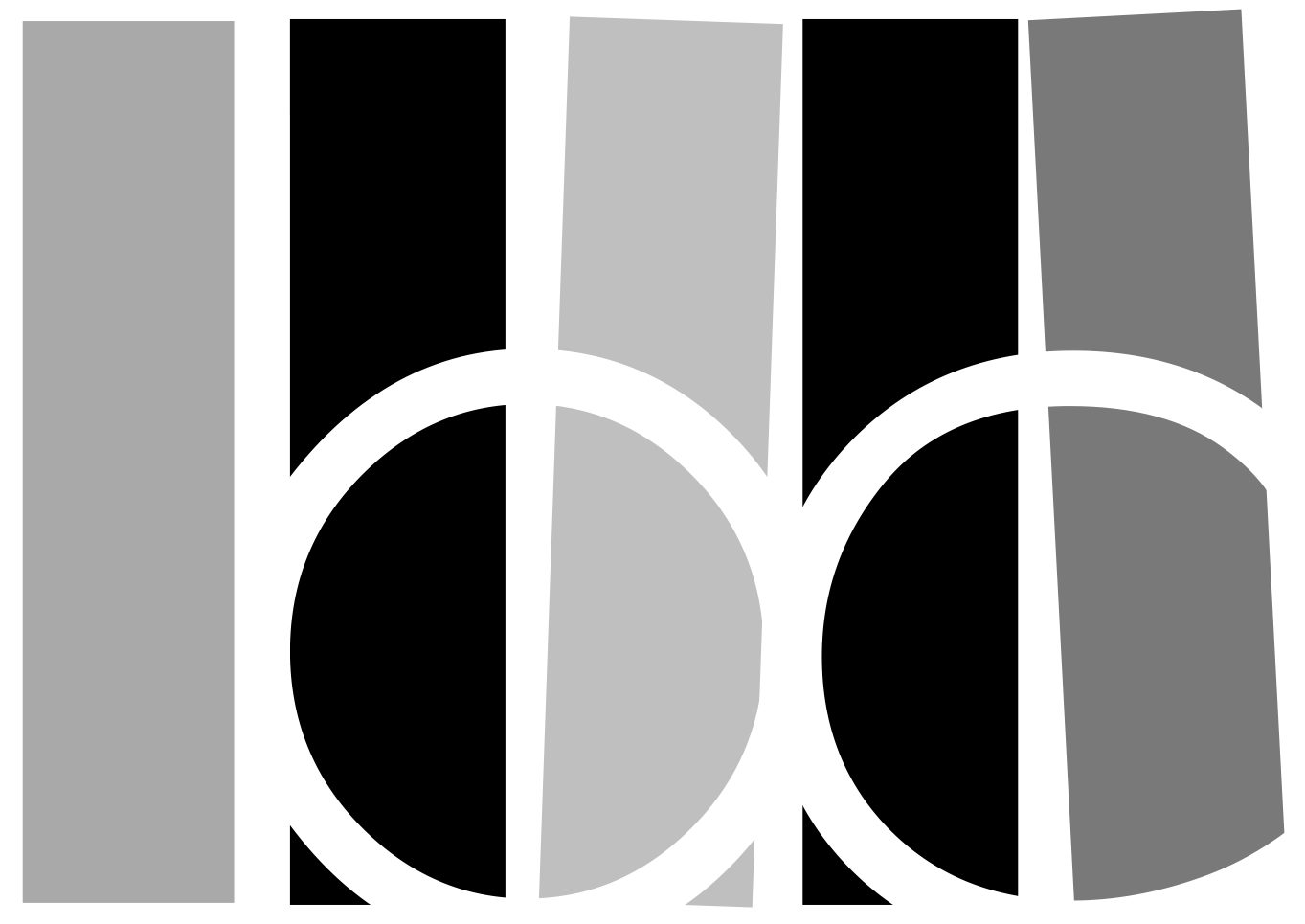
![24. [Tattooing]. LACASSAGNE, Jean. TATOUAGES DU MILIEU. Image](http://catalogue15.briancassidy.net/wp-content/uploads/2019/05/23246-190x300.jpeg)
![25. [Graffiti]. FOUCART, Jacque. LES GRAFFITI DE LA RUE D](http://catalogue15.briancassidy.net/wp-content/uploads/2019/06/22807-300x300.jpg)
![26. [Anonymous] and Harrison Cady (illustrator). THE GIRL WITH THE ROSEWOOD CRUTCHES. Image](http://catalogue15.briancassidy.net/wp-content/uploads/2019/06/23551-225x300.jpg)
![27. [Sideshow Performers]: [Randion]. BIOGRAPHY OF PRINCE RANDION: World](http://catalogue15.briancassidy.net/wp-content/uploads/2019/06/23048-228x300.jpeg)
![28. M.E. Toepel (Artist). [Nine Original Illustrated 1907 New York Motorcycle Club Postcards]. Image](http://catalogue15.briancassidy.net/wp-content/uploads/2019/05/23322d-300x176.jpeg)
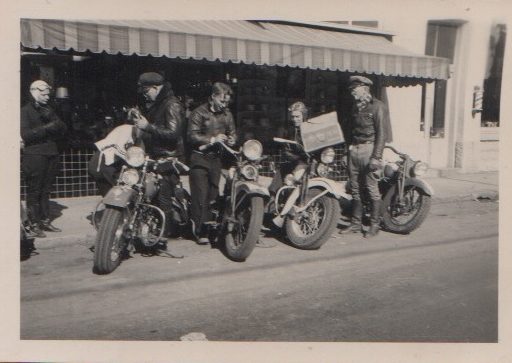
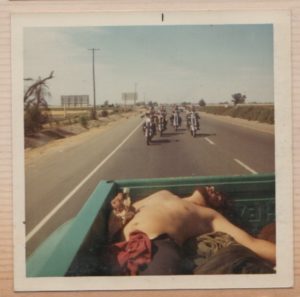
![31. [African-Americana]. [](http://catalogue15.briancassidy.net/wp-content/uploads/2019/06/23284-300x232.jpeg)
![32. PRITCHER, J.L. [JACOB LEON PRITCHER, M.D.]. A SEX STARVED WORLD. Image](http://catalogue15.briancassidy.net/wp-content/uploads/2019/05/23250-300x300.jpg)
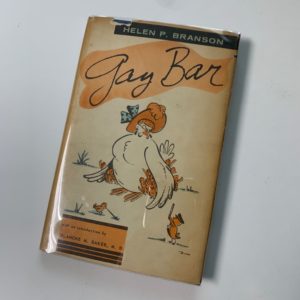
![34. TAILS OF SCORPIO Vol. 1, No. 5 [September 1979]. Image](http://catalogue15.briancassidy.net/wp-content/uploads/2019/06/23309-233x300.jpeg)
![35. GOODWIN, Jason (Pseud.) [Samizdat]. DESIAT](http://catalogue15.briancassidy.net/wp-content/uploads/2019/06/23339c-248x300.jpeg)
![36. [Board Games]. BEAT THE BORDER: The Game of Narcotics Traffic. Image](http://catalogue15.briancassidy.net/wp-content/uploads/2019/06/23271-300x225.jpg)
![37. [Trade Catalogs]: [Cocaine]. BROTHER BOB PRODUCTIONS - 1978 CATALOGUE / 1978 ADDENDUM. Image](http://catalogue15.briancassidy.net/wp-content/uploads/2019/05/23315-223x300.jpeg)
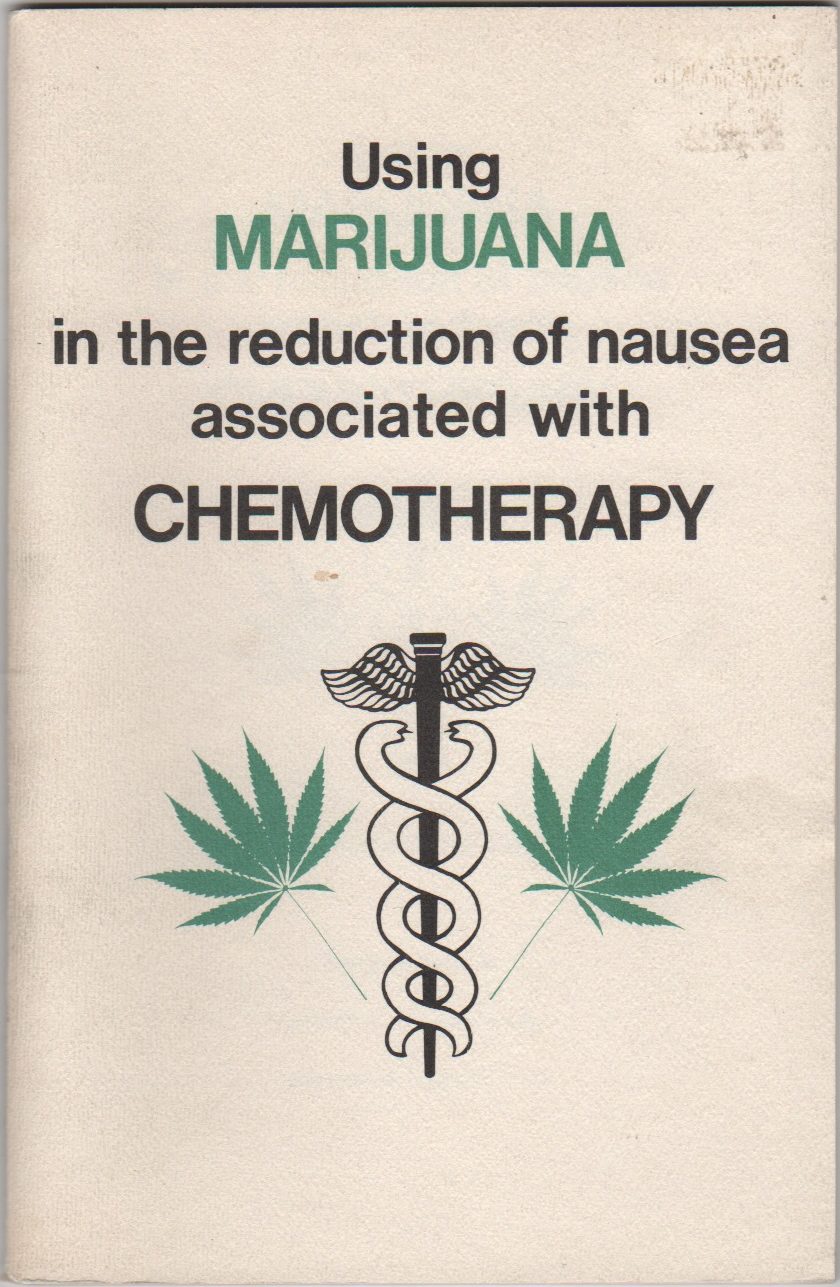
![39. [Photography]: [Mug Shots]. [Collection of Police Photographs of Con Men and other Fraudsters]. Image](http://catalogue15.briancassidy.net/wp-content/uploads/2019/06/23557b-300x248.jpeg)
